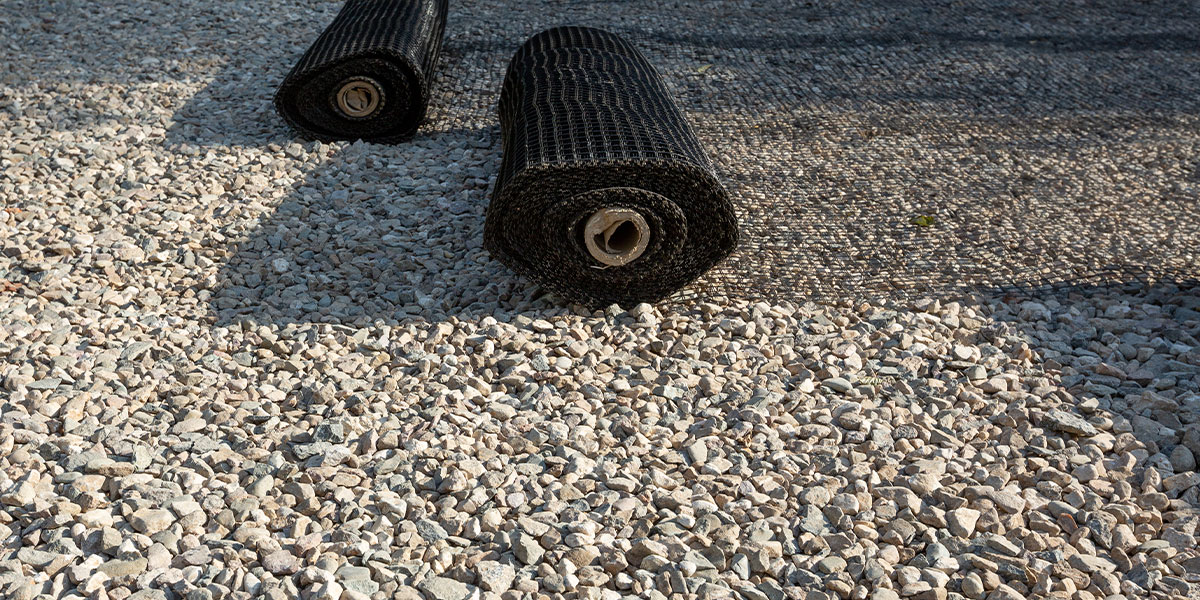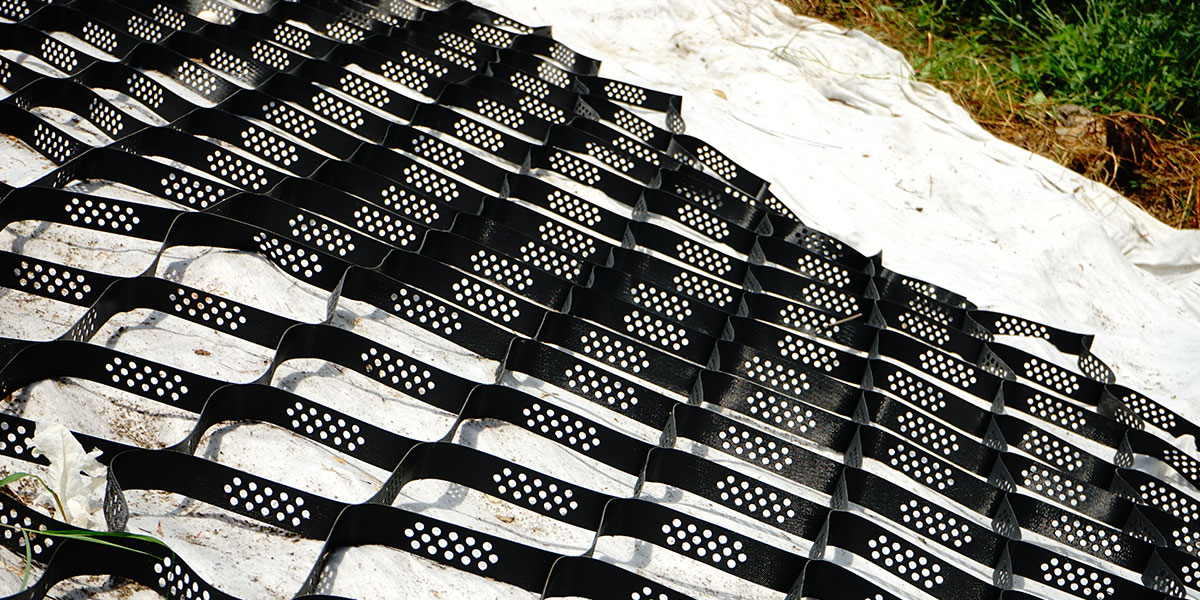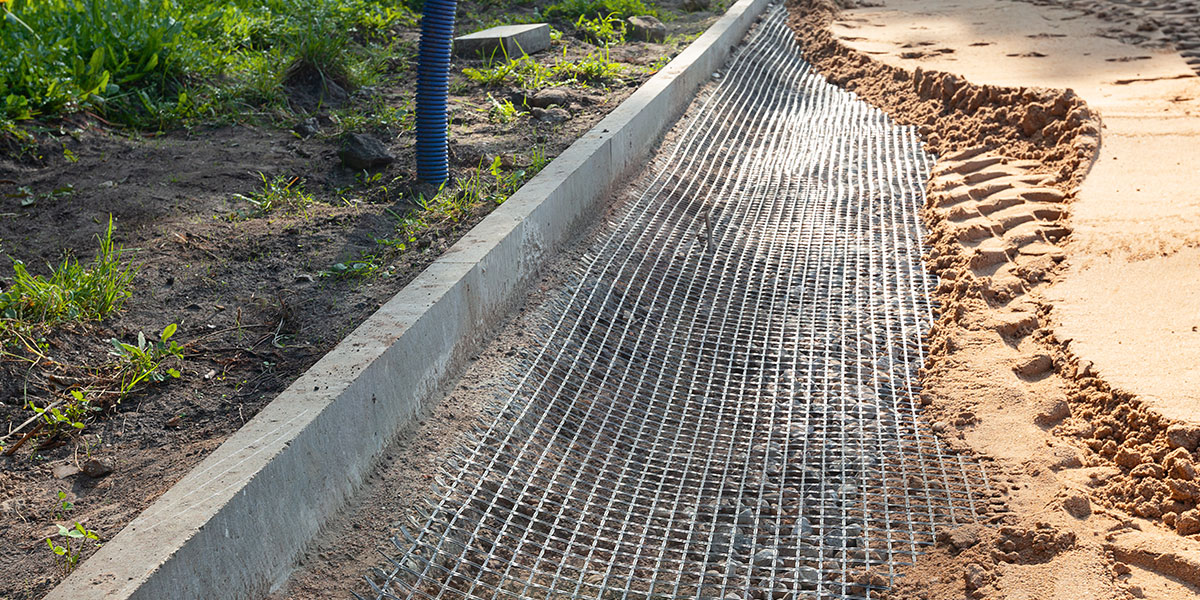There are different ways to improve the load-bearing capacity of the soil. From the original use of reeds, straw and spreading layers to improve the soil properties, today's common sand-gravel mixtures developed so-called geogrid reinforcement. If their properties are not sufficient for a satisfactory result with geogrid suppliers near me further measures are necessary. These range from far-reaching construction activities to the upgrading with binders known from road construction to the use of some materials which geogrid manufacturers produce in the context of sand-gravel mixtures.
What Are the Usage Areas of Geogrids?
In the railway industry, far-reaching measures are only occasionally used for geogrid installation specifications due to their often time-consuming manufacturing process; they are only suitable to a limited extent for upgrading existing lines. The conscious use of geogrid alternative in sand-gravel mixtures improves its positive effect and allows production with far more efficient construction methods. The filtering and separating function of the geogrid prevents mixing between the substructure and the gravel. The use of geogrids stops this effect, but does not seal the substructure, but allows air to flow through it. Water can seep away as usual or drain into the railway ditch.

Similar to the use of steel in reinforced concrete components, considerations were made to also use geosynthetics to improve load-bearing capacity. For this purpose, mesh and geogrid installation can absorb large tensile forces with high dimensional stability. The small change in shape and the large contact area with the surrounding material are necessary in order to better distribute the traffic loads on the surrounding soil. With their specific structure, geogrid installation optimally fulfill these tasks. A combination of these properties allows the use of composite materials. These are made up of nonwoven components and geogrid for for roads and thus combine the properties of both groups.
Multi-layer "reinforced" base course systems can be installed on a track and significantly improve the load-bearing capacity. The operational restriction and the geogrid installation costs can be reduced significantly compared to far-reaching measures. This option is therefore a worthwhile alternative, especially on existing routes. In some cases, geotextiles are used directly in the gravel on branch lines in order to increase the load-bearing capacity of the system, which, however, makes future expansion more difficult. Such restrictions must therefore be taken into account during installation of geogrid for retaining walls.
Geogrid for sale with protective tasks protect sensitive components from mechanical damage. This mainly applies to shear and pressure loads from the soil. Geogrid for driveways with a protective function must have a sufficient thickness and a high resistance to perforation. In addition to the classic use of geosynthetics in the direct area of the driveway, these are also used in conventional earthworks and support structures against geogrid erosion control as well as edge path constructions.
Geogrids in The Substructure of Roads and Paths

Asphalt, concrete and paved pavements absorb the majority of the stresses that result from traffic loads in road and path construction and in storage areas. The high strength of the materials also comes at a geogrid price. The geogrid suppliers to reduce geogrid cost per square meter in the area of the surface layers and to build “thinner” are understandable, but should be questioned against the background of longevity. In addition to good load-bearing capacity, the layers below the top layers should also have good water drainage capacity in order to avoid frost damage. A key requirement of how to install geogrid for retaining wall “the water has to go”, can only be met through good water permeability of the base course and appropriate drainage planning and maintenance. Gravel base layers are and will therefore remain a core component of any permanent traffic route. In the case of concrete ceilings over hydraulically bound base layers, the problem is countered by the arrangement of a concrete ceiling fleece.
Proven Engineering Success On Manufacturing Process of Geogrid
If surface courses are built thinner than planned or are omitted in some cases completely, the ballast base course has to absorb significantly higher stresses or the entire wheel loads. This is a challenge, especially on low load-bearing subsoils, as the ballast base layer bends under the wheel load, but ballast, as is well known, can practically not absorb any tensile stresses. The ballast layer can and should therefore be reinforced and the grain structure stabilized. For this purpose, manufacturing process of geogrid has proven themselves over many years, as the open product structure does not disturb the grain-to-grain structure of the ballast and interlocks with the ballast. We as Geobera company which consists of the most experienced engineers among other geogrid manufacturers, provide high-quality reinforcement materials with the most budget-friendly geogrid costs. Therefore, we send our products to many different countries such as the USA, the UK, France, Russia, Italy, Albania, Malta and many more. If you want to get more information about our services, you can contact us.


